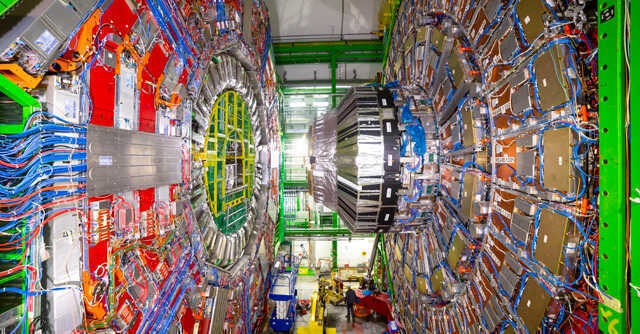
CERN scientists discover three new composite particles as LHC resumes operation


A team of researchers at the European Council for Nuclear Research (CERN) has discovered three new composite particles from observations made through the Large Hadron Collider – the world’s most powerful particle accelerator located in Switzerland and France. The discovery included a pair of tetraquarks and a pentaquark – thereby showcasing an even wider range of ways in which fundamental particles of the universe can interact with each other.
A quark is a fundamental particle, which means that it has no further known subdivisions in particle physics, as of now. Quarks, along with electrons, form the building blocks of all matter in the universe. A combination of multiple quarks is known as a hadron, which include two type – the positively charged proton and the neutral neutron.
While quarks have commonly been observed to come in combinations of twos and threes, the newly discovered hadrons are being referred to as “exotic” by the scientists because they feature four and five quarks in them. These particles are called ‘composite particles’, since they are composed of smaller fundamental building blocks – the quarks themselves.

Such a discovery is key for scientists to understand the range of interactions that quarks have with each other, which can help understand the variety of composite particles that make up the universe. In turn, this understanding can help study the composition of galaxies different from our own – which can help examine questions such as whether life can exist in a completely different form in other parts of the universe, and how such particle combinations can influence the same.
The LHC, which resumed operations after a three-year hiatus, will look to study this and more over the next four years. During this phase, the LHC will generate 1.6 billion proton-proton collisions each second, generating 13.6 trillion electronvolt of energy in process. Alongside understanding how composite particles form and differ from each other, the LHC’s flagship scientific projects, ATLAS and the Compact Muon Solenoid (CMS), will also seek to understand if there are further fundamental particles in the universe – beyond what is already known today.
